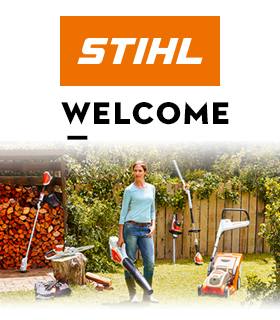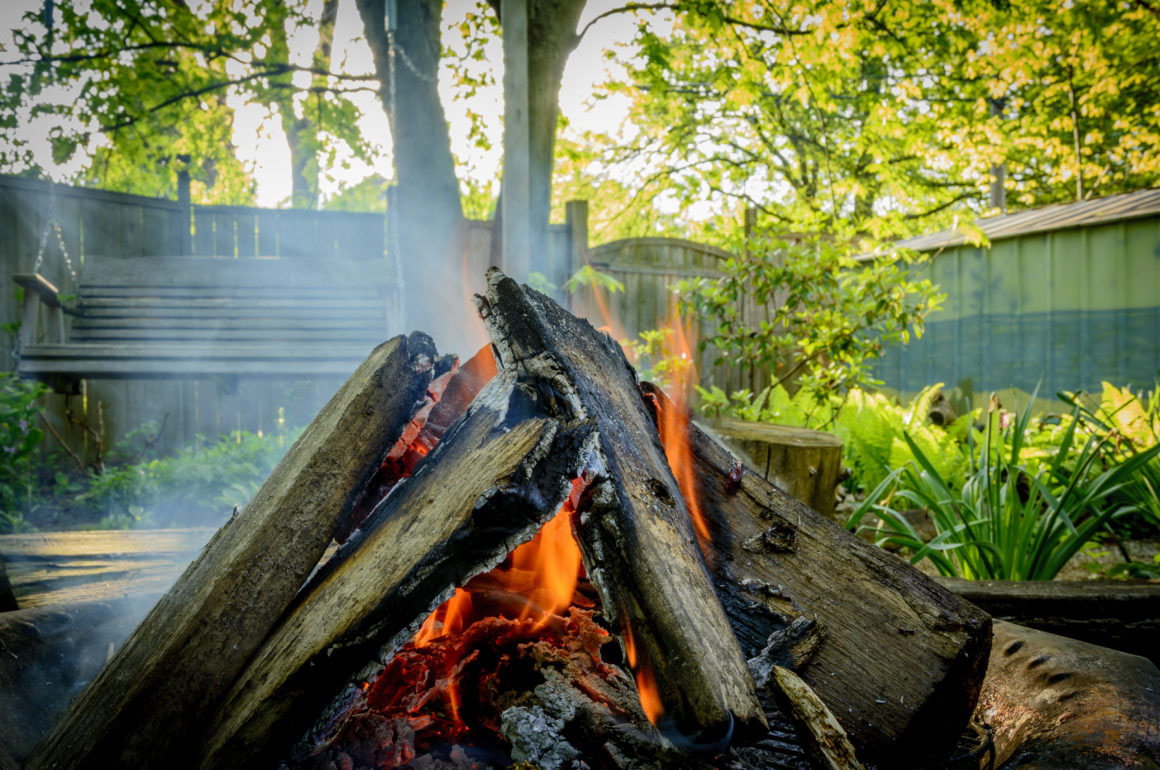
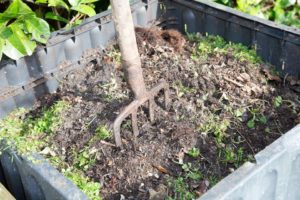 Most allotments will be looking a little shabby around the edges at this time of year. Our own plot is looking decidedly unloved now that we’ve gathered this season’s bounty, and is currently littered with unsightly piles of detritus and plant matter left over from our vigorous harvesting. We’ll compost what we can, and will be stuffing most of the larger sticks and branches into a shredder to create weed-suppressing mulch for the veg beds.
Most allotments will be looking a little shabby around the edges at this time of year. Our own plot is looking decidedly unloved now that we’ve gathered this season’s bounty, and is currently littered with unsightly piles of detritus and plant matter left over from our vigorous harvesting. We’ll compost what we can, and will be stuffing most of the larger sticks and branches into a shredder to create weed-suppressing mulch for the veg beds.
We do, however, love a good bonfire, and as we are heading into prime fire-starting season, it’s time to break open the matchbox and get busy. A raging bonfire is not always welcome, especially on allotments that sit close to residential areas, so remember to check with your local council – there may be rules in place that restrict or even ban the lighting of bonfires.
Providing you’ve got permission to do so, and the weather conditions are favourable (gusting wind – bad; rain – even worse!) it’s time to light up. Attaining a half-decent blaze can be trickier than it seems – we show you how to build a bonny bonfire with these six flaming hot tips.
—————————-
Tip 1
Use dry kindling and fuel. Dry leaves should do the trick, but if you can’t lay your hands on any, scrunched up newspapers or old cardboard make fine fire-starters. If you are able, plan ahead and store any potential bonfire fuel under a tarpaulin on your allotment, ready to whip out when the pyromaniac urge is strong. Mark out your bonfire base with a layer of medium-sized sticks. This will keep your kindling dry – helpful for when you are attempting to build a bonfire on cold, damp days when the roaring flames you crave are less than forthcoming.
Tip 2
Take time to construct your bonfire. Arrange smaller twigs in a teepee shape around the kindling. Alternatively, surround your kindling with a twiggy, jenga-like tower, building up the layers as you go. Don’t pack it too tight because your fire needs oxygen to thrive, so ensure your woody construction is open enough to allow oxygen to flow through and feed the flames, yet close enough to allow heat to transfer from one stick to the next. To save yourself from scrabbling around for wood once the fire is going, it’s good practice to have a stockpile of sticks to hand to keep your fire well fed.
Light it up. You can get all ‘Raymond Mears’ with a flint and stone if that’s what tickles your fancy, but we prefer using the less than ancient, yet tried and trusted method of using a Bic lighter or a long handled match for ignition. If you are having trouble lighting your kindling, slip in a firelighter to help get things going. Ray Mears would baulk at the very suggestion, but we’re cool with this. And before you spark up, don’t forget to check for hedgehogs, mice and other critters who may have crawled into your bonfire pile for a snooze. Evict, light, and proceed to tip 4.
Tip 4
Feed the flames. Feed your bonfire gradually. Don’t be tempted to cast your entire stock of sticks onto the fire in one go – you’ll probably smother the flames – and if they do catch light, your fire may get out of hand and spread to places you’d rather it didn’t. Such as your garden shed.
Be wary of the green stuff. Adding green garden waste to a bonfire will cause billowing smoke and almost certainly label you ‘allotment enemy number one’ as your stinking plume wafts across the plot and into the eyes and noses of your fellow allotmenteers. If you must burn green waste, add it gradually and sparingly, and if at all possible, save it for a twilight burning session. Or at least wait until everyone else has gone home for tea.
Tip 6
Don’t be stupid. Never ever use petrol or flammable spirits to ‘get things going’. You also might want to rethink lighting any bonfires near sheds that contain petrol driven power tools – there only needs to be the tiniest amount of petrol vapour in the air for it to ignite. It’s also worth keeping a bucket of water handy, just in case your flaming pyre starts to rage out of control.



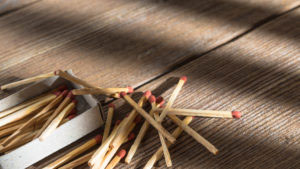

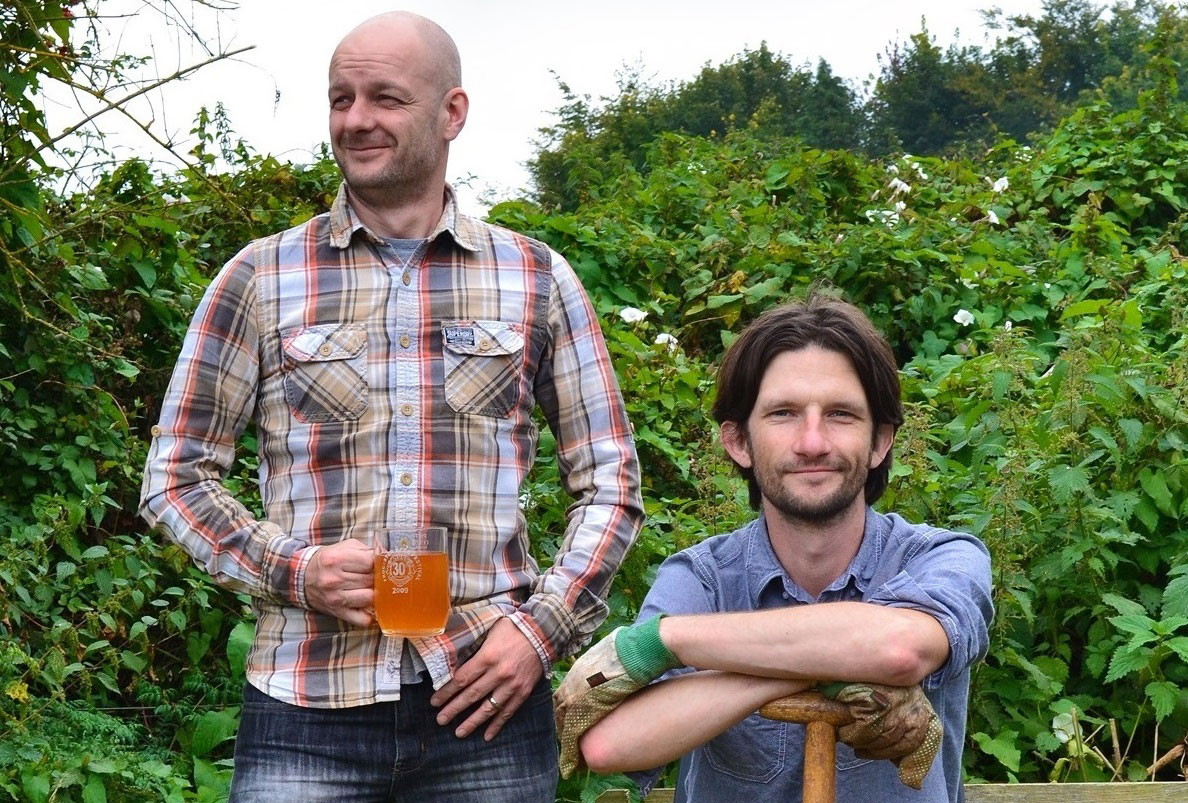 The Two Thirsty Gardeners, Rich and Nick, are bloggers who love gardening, eating and drinking in equal measure! They love to share tales from their allotment including their experiments turning the spoils of their crops into alcohol, both the good and the bad!
To find out more about Rich and Nick,
The Two Thirsty Gardeners, Rich and Nick, are bloggers who love gardening, eating and drinking in equal measure! They love to share tales from their allotment including their experiments turning the spoils of their crops into alcohol, both the good and the bad!
To find out more about Rich and Nick, 